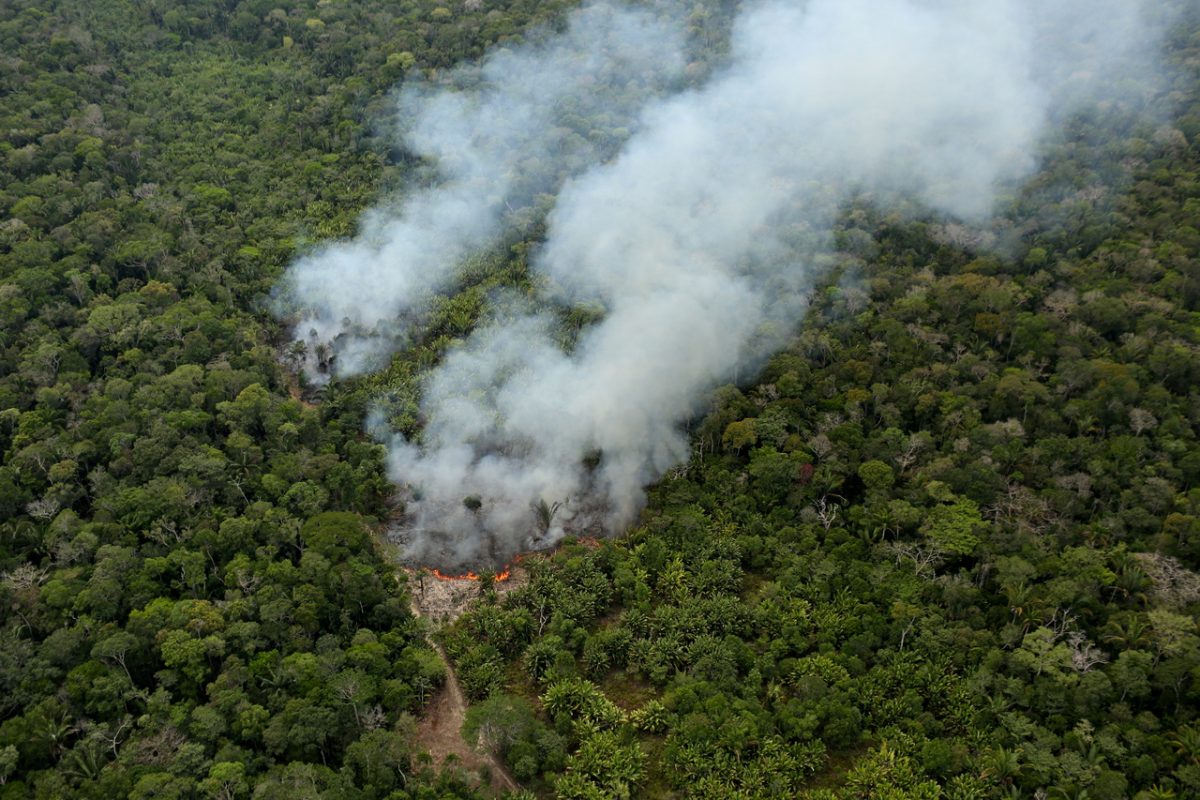BOGOTA, (Thomson Reuters Foundation) – Tribes from the Amazon and thousands of environmentalists, scientists and diplomats voted today, at a major global conservation congress in France, in favour of a motion to protect 80% of the world’s largest rainforest by 2025.
The resolution passed at the International Union for Conservation of Nature (IUCN) gathering in Marseille aims to safeguard the Amazon rainforest – regarded as a vital bulwark against climate change – and put indigenous communities and their lands at the heart of conservation efforts.
“We require urgent measures that respond to the specificity and diversity of ecosystems and those who inhabit them – otherwise the inertia of global politics reflected in national policies leads us to an apocalyptic scenario,” said Jose Gregorio Diaz Mirabal, who heads the Coordinating Body for Indigenous Organizations of the Amazon Basin (COICA).
The umbrella network proposed the non-binding motion, along with other civil society groups.
“Indigenous peoples have come to defend our home and, in doing so, defend the planet. This motion is a first step,” said Diaz, who is at the IUCN, billed as the world’s largest conservation event held every four years.
While the motion’s approval is an important symbolic gesture and recognition of the vital role indigenous peoples play in protecting the Amazon, putting it into practice will likely prove an uphill battle amid rising deforestation rates.
In Brazil – home to the biggest share of the Amazon rainforest – deforestation is driven by expanding cattle ranching and soy farming, along with illegal logging.
Previous attempts to protect the rainforest, including the 2019 Leticia Pact – adopted by leaders of seven of South America’s Amazonian nations – have so far shown few tangible results, undermined by a lack of coordination and funding.
It is hoped the IUCN-backed motion, while having no legal weight, will attract more international funding to protect the forest that is home to about 1.5 million indigenous people.
Carmen Josse, of the Amazon Geo-Referenced Socio-Environmental Information Network (RAISG), said current work on protected areas was hampered by limited government budgets.
Indigenous territories, meanwhile, “whose governance has conserved the Amazon basin for centuries, have not been recognised in national or international budgets”, she added.
The IUCN congress, which ends on Saturday, aims to lay the groundwork for a U.N. biodiversity summit, which starts online in October with a second part to be held in China next spring and is tasked with agreeing a new global pact to protect nature.
The IUCN decisions adopted this week will also inform policy makers and negotiators ahead of November’s COP26 climate talks in Scotland.
The Amazon plays a vital role in regulating the Earth’s climate by absorbing and storing planet-heating carbon dioxide.
Amazon indigenous peoples and scientists have warned that its tropical forest ecosystem is on the verge of reaching a point of no return, which could unleash disastrous effects for climate and weather patterns in South America and globally.
Today, IUCN members approved another non-binding resolution to protect at least 30% of the Earth’s land, freshwater and oceans by 2030 – a goal expected to be a centre-piece of the global nature accord due to be sealed in 2022.






